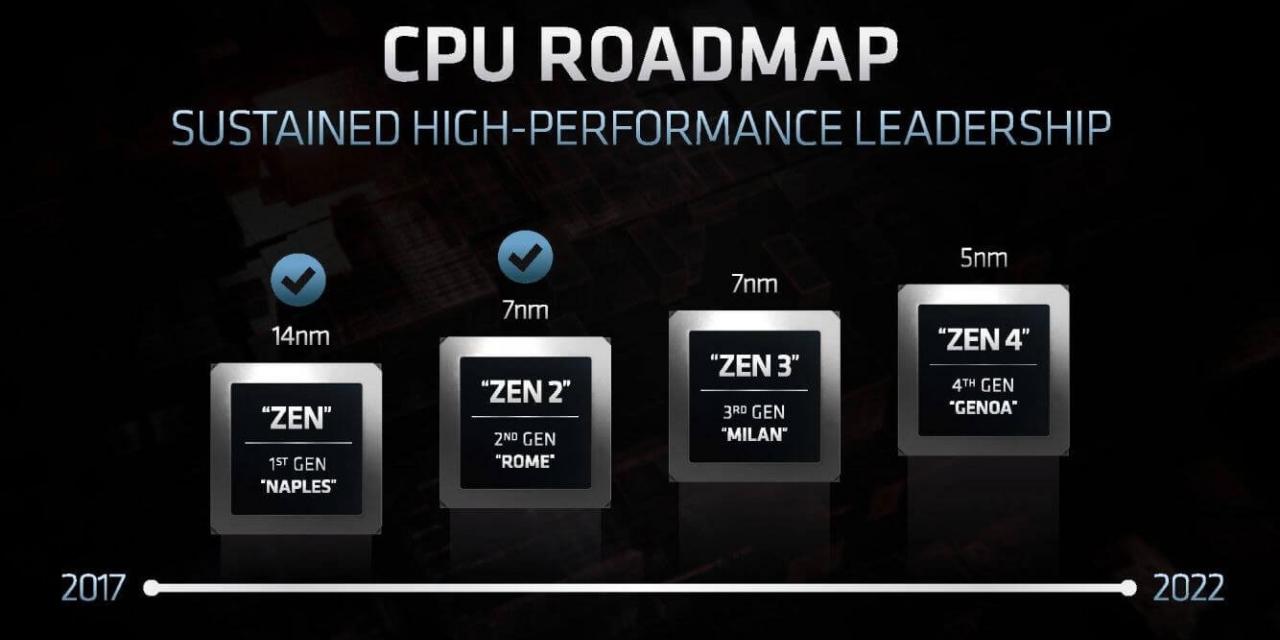
Process node shrinks are becoming a major part of CPU and GPU advancement again, bringing with them big jumps in efficiency, performance, and phsyical sizing of the components based on them. The most recent ones were AMD's drops to 7nm for its Ryzen 3000 series processors and RDNA graphics. Now though, there are hints of what's to come. AMD's next-next generation Zen 4 processors, and its next-next graphics cards will both be built on the TSMC 5nm process.
AMD is slated to use the 7nm+ EUV process for its upcoming Zen 3 and RDNA2 products later in 2020, but it appears as if it will be racing to ever smaller and tighter process nodes for what comes after. 5nm is the next logical step in that chain and WCCFTech's sources have confirmed that's exactly where team red is going.
But that's not all we're hearing. There's also a rumor circulating that Nvidia will join AMD on that process for its next-next generation Hopper graphics cards. It's currently slated to use the 7nm process for its upcoming Ampere GPUs, but the generation after that will move to 5nm. A fast paced transition, considering it has resided on 14nm and 12nm for the past few generations.
Nvidia was reportedly surprised by the major efficiency gains that AMD made with its move to 7nm and though that didn't allow team red to catch up to AMD at the very top end of performance, it made it more competitive than it's been in years. Nvidia is hoping to regain the process node high ground too, helping it make smaller chips that are both more efficient and more powerful.
2021 and beyond are going to be exciting years for CPU and GPU developments.







